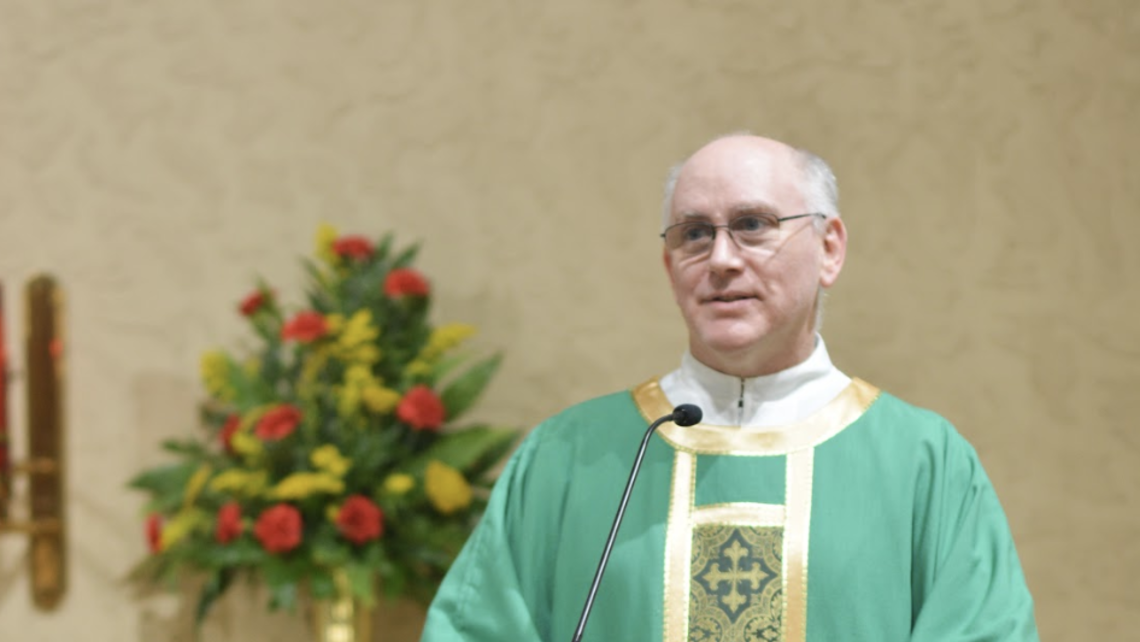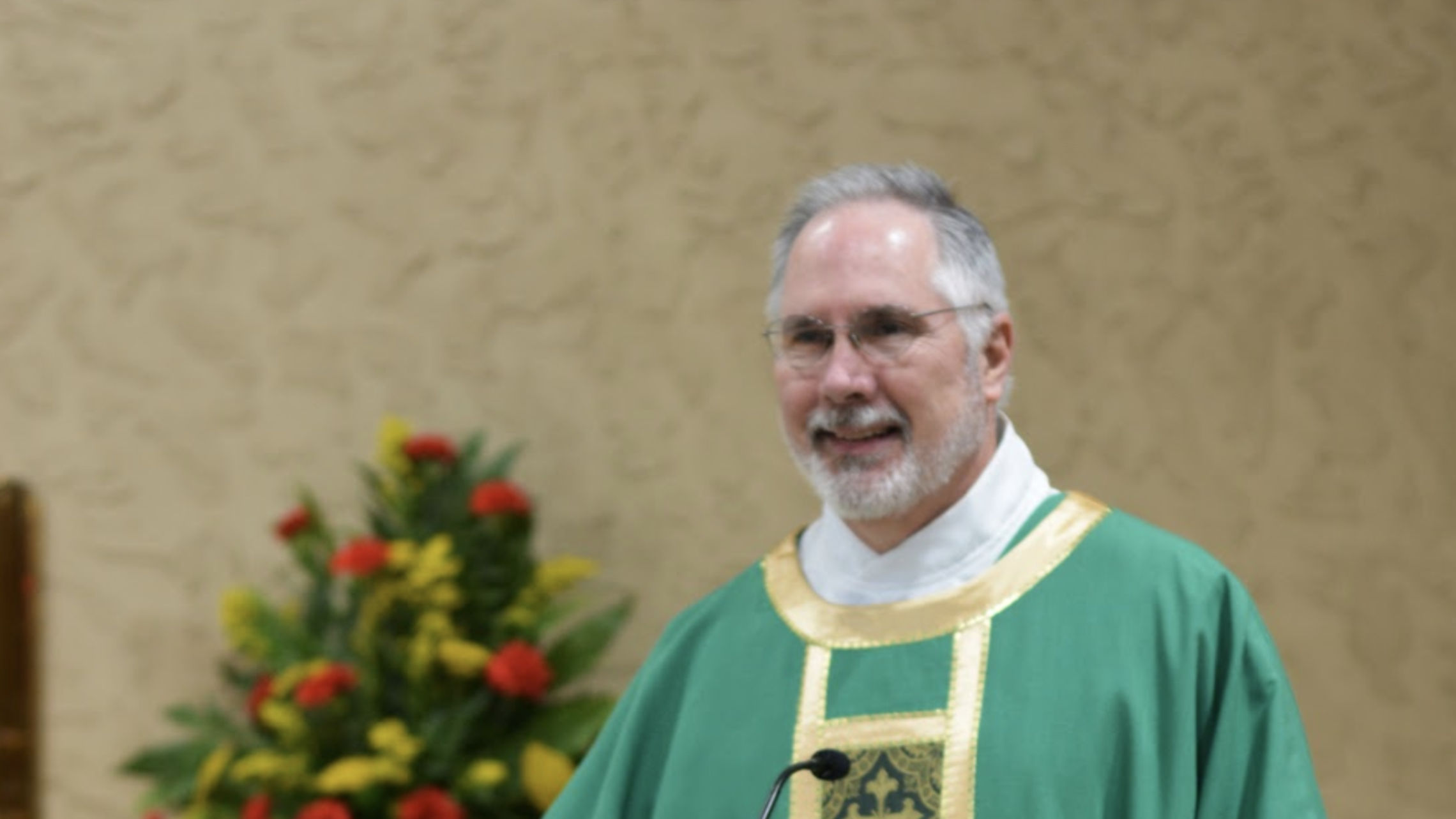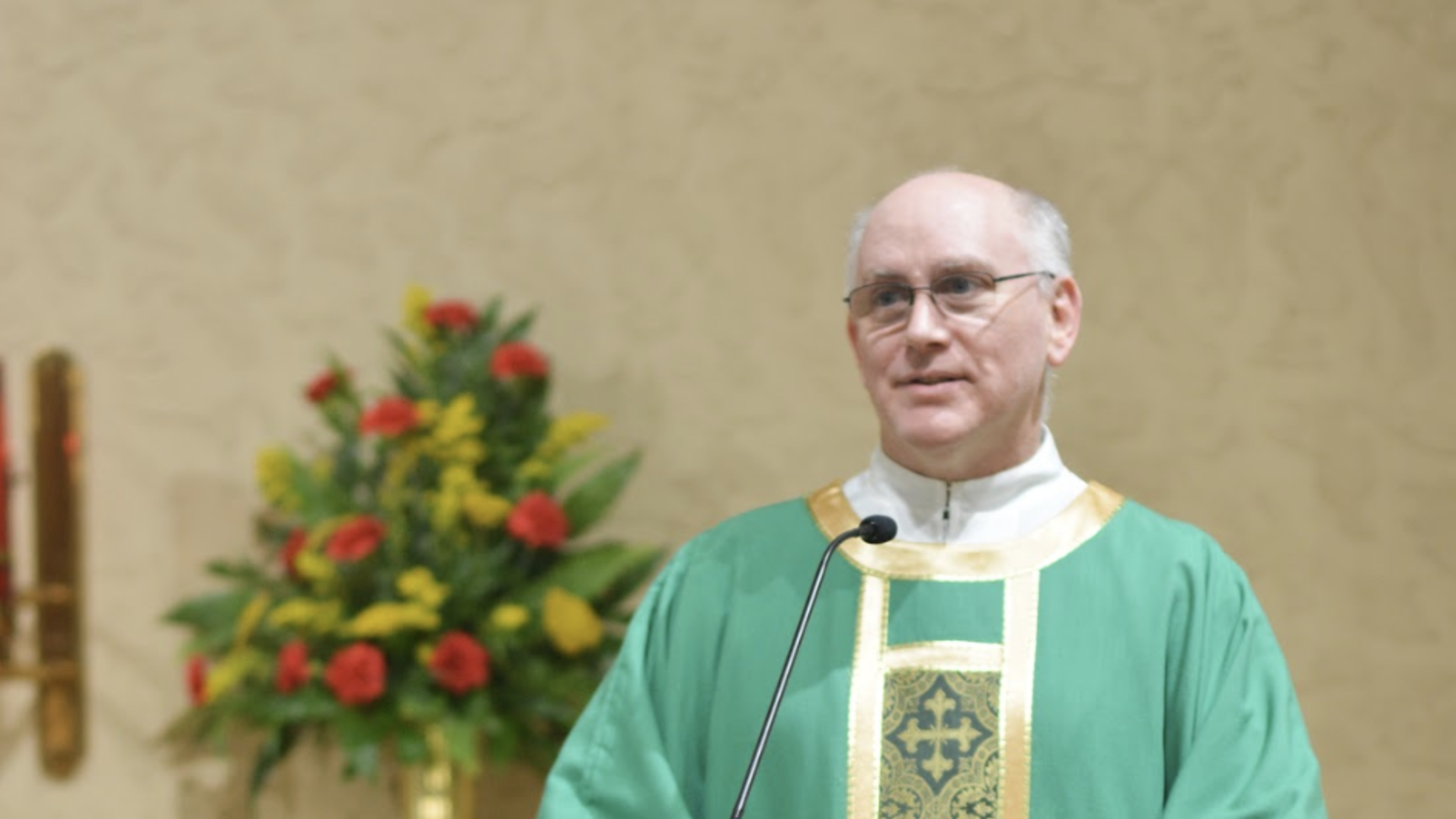
Second Sunday of Lent Cycle C
Genesis 15:5-12, 17-18; Philippians 3:17-4:1; Luke 9:28-36
Several years ago, my wife received a Christmas gift from her bible study group. She liked it so well, that she in turn gave to all her friends and fellow teachers at St. Andrew the same gift: a pickle. To be more precise, a tree ornament in the shape of a pickle, you know, the little sweet gherkin pickles. I've been told that hanging a pickle on the Christmas tree is a German tradition, as a game for the children to try to find it. But there was another reason her bible study did this, and to really understand why they did this, you needed to read the card that was enclosed with it. It read: “Pickles are made from cucumbers. Cucumbers are plucked from the garden when ripe; then immersed into the salty brine that changes them to a pickle. They can never be a cucumber again – they are forever changed. Likewise, when we surrender our hearts to Jesus Christ he immerses our lives in his righteousness. We are changed to a new person, dead to sin and alive to live in his resurrection power. Enjoy a pickle this Christmas and remember we are alive and forever changed through his grace.” This gift is certainly appropriate for the Christmas season, but I think it is even a more powerful metaphor for our journey to Easter during Lent.
Today, on this, the second Sunday in Lent, we have what is known as “Transfiguration Sunday,” since we always hear a Gospel reading from one of the accounts of the event known as the transfiguration of Christ. Transfiguration is one of those “churchy” words, one that has a common meaning but is almost solely used for this one event in the life of Jesus. The word, from the Latin roots, “trans,” meaning literally crossing but here meaning changing, and “figure,” the shape, form, or appearance of something. And so we have Jesus changing in appearance as Luke’s account of this event tells. This event, like everything that Jesus did in his ministry that are written in scripture, has an intended lesson. One obvious one that we take away is the demonstration of divine nature of Christ, which along with the miracles and other signs he performed are intended to show that he is indeed God and not just some mere mortal who can talk a good game. Also, and a little bit less obvious, is the demonstration of the progression of divine revelation throughout time: Moses representing the law of the covenant, Elijah, representing the teachings to Israel of the prophets, and finally Jesus, the culmination of the Old Testament. In addition there is also the foreshadowing of the resurrection, ascending the mountain to be with those who have already gone on before.
But in addition to these lessons, Saint John Henry Newman, the recently canonized nineteenth century British cardinal, believed that the most important lesson of the transfiguration of Christ must be that we are also to partake in it ourselves through our own personal transformation. This is not just the transformation that we all aspire to after this life in heaven, but also the transformation of ourselves here on earth. He wrote: “It is … the duty and the privilege of all disciples of our glorified Savior, to be exalted and transfigured with Him; to live in heaven in their thoughts, motives, aims, desires, likings, prayers, praises, intercessions, even while they are in the flesh; to look like other men, to be busy like other men, to be passed over in the crowd of men, or even to be scorned or oppressed, as other men may be, but the while to have a secret channel of communication with the Most High, a gift the world knows not of; to have their life hid with Christ in God” [ https://religionnews.com/2017/08/04/how-jesus-transfiguration-offers-hop... ]. In other words, those of Elizabeth Farnsworth, Newman scholar and theologian, the transfiguration of Christ is the promise of our own transformation: “[The] purpose isn’t for us to only know about God. Rather, it’s for us to know God, which is inherently transformational” [op cit]. Now granted, they didn't mention the lowly pickle in any of that, but I think you can see the simple analogy works, and works rather well – that outwardly the pickle still looks like the cucumber but inwardly its flavor is entirely different.
When Saint Cardinal Newman was writing this, Catholics were a harshly suppressed minority in England, and so when he talks about having their “life hid with Christ” we shouldn't misunderstand. I think he's talking about what the Ash Wednesday Gospel talks about – not being like the Pharisees and lording it over everyone, but quietly fasting and giving alms. But I ask you: do not those transformed by Christ here on earth also provide a light to others that is not hidden in this world? How often do we admire those people who demonstrate that transformation, the famous ones such as Saints Teresa of Calcutta or Saint Pope John Paul, but also those in our families or sets of friends who do the right thing even when it gains them nothing but trouble for their pains? These are people that have found their calling, their vocation in life, and find joy in carrying it out. We know they are transformed without the need for them to say anything.
After the transfiguration, Christ needed to come down from the mountain and experience the sufferings of the world, the Passion that we will commemorate in just a few weeks on Palm Sunday, before he achieves his final resurrection. We too, even as we are transformed by our baptism and continual recommitment to our faith, still have to come off of the mountain and deal with the problems of the world. But we know that our successful transformation now is necessary, and means the eventual transformation into the heavenly body of saints, or as Saint Paul says in the second reading, “He will change our lowly body to conform with his glorified body by the power that enables him also to bring all things into subjection to himself” [Phil 3:21 NABRE].
As we continue with the celebration of the Eucharist, let the Body of Christ that we accept at the altar be part of that transformation. Let it be the brine that enters us and transforms us forever, making us that much more in communion with God and our neighbor. Let our Lenten journey be one which demonstrates the love of Christ to all we encounter, adding light to the world and not perpetuating the darkness. For the record, we still have the pickle and put it on one of our trees every Christmas. But the lesson that the pickle represents is only begun at Christmas – it is only fully realized with the glorious Easter resurrection and its promise of our final and complete transformation.


